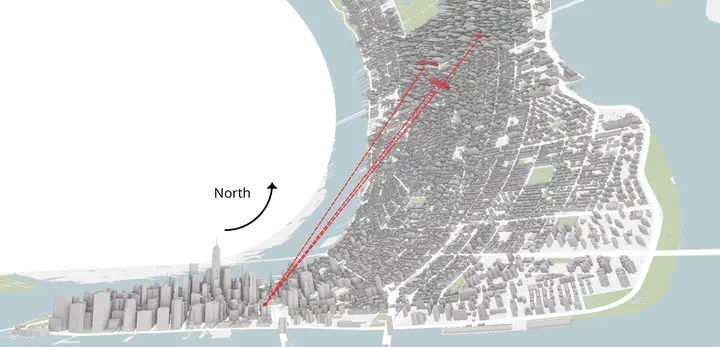
Abstract
Exploring large virtual environments, such as cities, is a central task in several domains, such as gaming and urban planning. VR systems can greatly help this task by providing an immersive experience; however, a common issue with viewing and navigating a city in the traditional sense is that users can either obtain a local or a global view, but not both at the same time, requiring them to continuously switch between perspectives, losing context and distracting them from their analysis. In this paper, our goal is to allow users to navigate to points of interest without changing perspectives. To accomplish this, we design an intuitive navigation interface that takes advantage of the strong sense of spatial presence provided by VR. We supplement this interface with a perspective that warps the environment, called UrbanRama, based on a cylindrical projection, providing a mix of local and global views. The design of this interface was performed as an interactive process in collaboration with architects and urban planners. We conducted a qualitative and a quantitative pilot user study to evaluate UrbanRama and the results indicate the effectiveness of our system in reducing perspective changes, while ensuring that the warping doesnt affect distance and orientation perception.